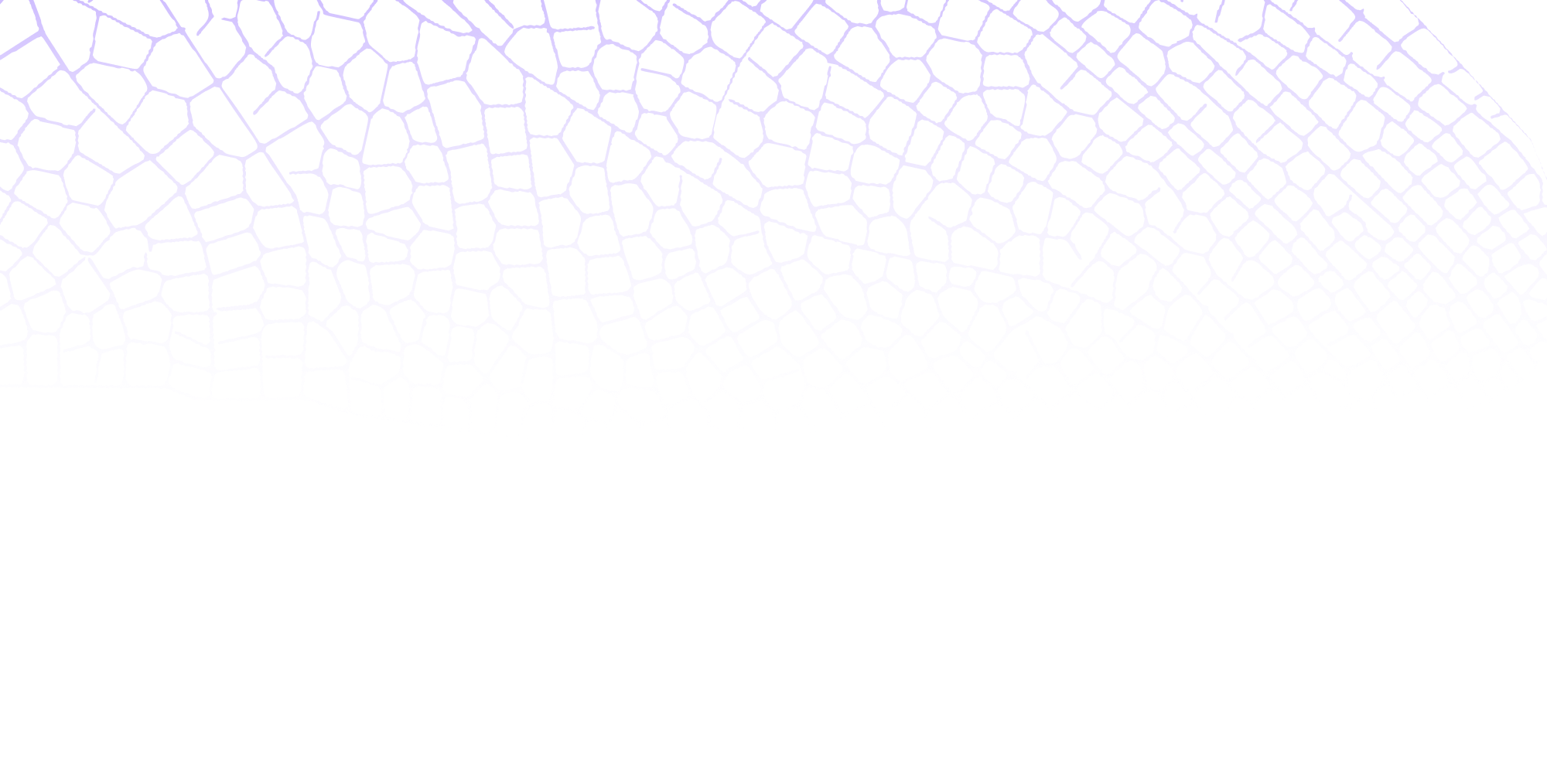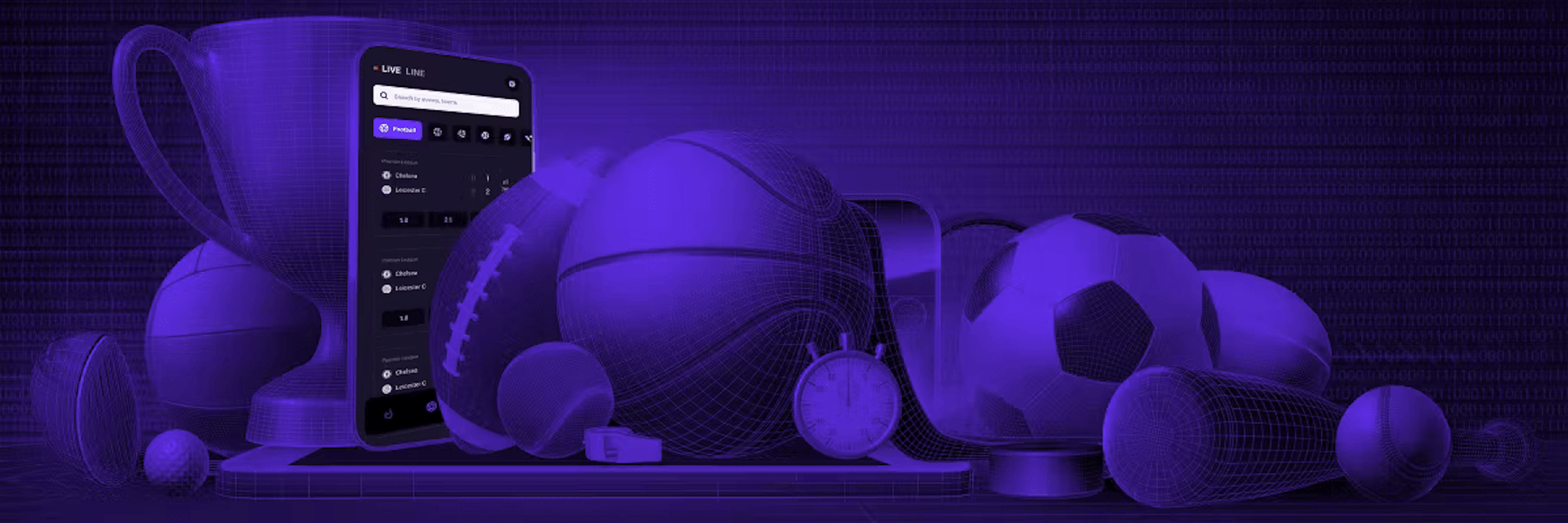
Blog
Product
Product
Vertical vs. horizontal scaling: What’s the difference and which is better?
So you need to scale. That’s a good problem to have! But should you scale up or scale out? There’s no easy answer, so let’s take a closer look at horizontal scaling vs. vertical scaling , how they compare, and what the pros and cons are for each approach.

Charlie Custer
April 10, 2023
Product
What is the CockroachDB Cloud API and why should you use It?
In this post you’ll learn about the CockroachDB Cloud API and how I’ve used it to create an application Dashboard with Next.js. Using the API you can build a custom interface to meet your organization’s needs, or perform various tasks relating to your database infrastructure. I’ll also explain how I’ve used NextAuth.js to create conditional authorization rules to facilitate greater control over the functionality. You can get a feel for what I’ve built using the links below. 🚀 Preview: https://www.cockroachlabs.com/demos/demo-cloud-api/ ⚙️ GitHub: https://github.com/cockroachdb/demo-cloud-api/

Paul Scanlon
April 5, 2023
Product
What is fault tolerance, and how to build fault-tolerant systems
November 25, 2020. If you work in tech infrastructure, that’s a date you probably remember. On that day, AWS’s US-east-1 experienced a significant outage, and it broke a pretty significant percentage of the internet. Adobe, League of Legends, Roku, Sirius XM, Amazon, Flickr, Giphy, and many, many more experienced issues or went offline completely as a result of the outage.

Charlie Custer
March 14, 2023
Product
An electronics giant saved millions after migrating from MySQL to CockroachDB
Upgrading and modernizing your database can sound like an expensive proposition. But it doesn’t have to be. One major electronics company found that shifting from MySQL to CockroachDB saved them $700,000 in their first year, earning them a 149% ROI.

Charlie Custer
March 2, 2023
Product
Converting cloud provider regions into country flags
Learn how Paul created an open source JavaScript utility package to help convert cloud provider region codes into real locations and country flags.

Paul Scanlon
February 17, 2023
Product
Distributed transactions: What, why, and how to build a distributed transactional application
Transactions make up an important part of the database workload for most modern applications. And when it comes time to scale up operations for a growing business, distributing those workloads across multiple hardware systems for horizontal scalability, high availability, and fault tolerance is often an important part of the plan.

Charlie Custer
February 16, 2023
Product
Building a sports betting application to handle ‘Big Game’ traffic
The popularity of sports betting, also called real-money gaming, is exploding. And at least in the US, there’s no bigger moment for sports betting than this weekend. The NFL’s championship game – you know, the game with the name we’re not allowed to say – is likely to be watched by around 100 million people. And with the growing legality and popularity of sports betting apps in the US, it is very likely this game will see more money flowing through betting apps than ever before.

Charlie Custer
February 9, 2023
Product
What is VPC peering and when should you use it?
If you’re building and managing applications in public cloud providers like GCP or AWS, chances are you’ve heard of VPC peering. This blog post explains what VPC peering is, why you’d want to use it, and, if you’re using CockroachDB Dedicated today, how you can get started with our VPC peering functionality.

Tommy Truongchau
February 2, 2023
Product
PCI-DSS: CockroachDB Dedicated is certified to store confidential data
We are thrilled to announce that CockroachDB Dedicated, the fully managed service of CockroachDB, is now PCI-DSS certified by a Qualified Security Assessor (QSA) as a PCI Level 1 Service Provider. The PCI-DSS was created by the PCI Security Standards Council - an organization formed in 2006 by the major credit card associations (Visa, American Express, MasterCard and JCB). The mission of this council is to establish a “minimum security standard” to protect customers’ payment information. Any business that handles credit card and payment data is required to conform to that minimum standard referred to as the Payment Card Industry (PCI) Data Security Standard (DSS).
Abhinav Garg
January 31, 2023








